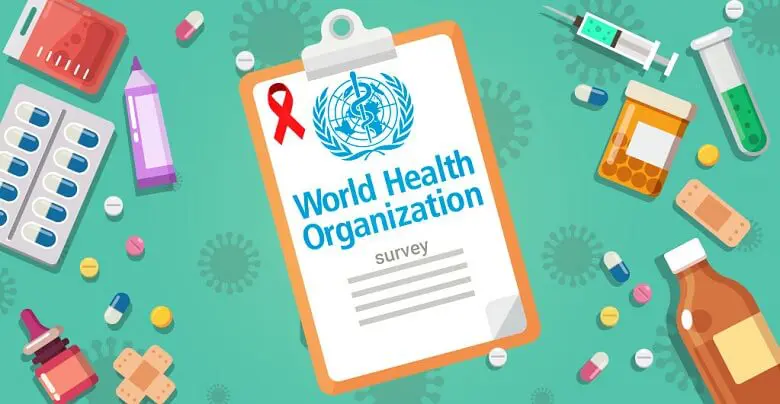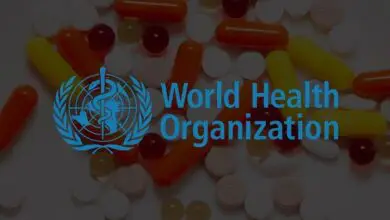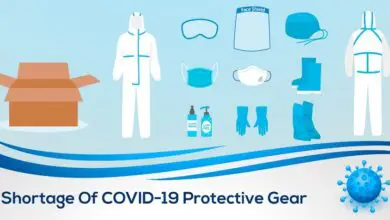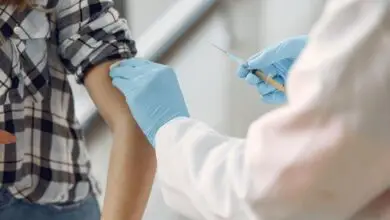COVID-19 is exacerbating the situation! Shortage in ARV Medicine Production and Supply

Several countries are at risk of facing stock-outs of antiretroviral (ARV) medicines due to the pandemic. According to the recent survey conducted by WHO states that around seventy-three countries have warned that the production and supply stocks of ARV medicines are at risk due to the ongoing lockdown period. Approximately twenty-four countries are reported to have shortages of these life-saving medicines, or there a consistent disruption in its supply.
The survey is followed by a modeling exercise congregated by WHO and UNAIDS in May, which stated that consistent six-month disruption in ARV supply would lead to doubling in AIDS-related death count. According to a previous estimation in the year 2019, 8.3 million people were being benefited from the ARV across 24 countries. The pandemic has disrupted the production and supply of medicines, and the same 24 countries are experiencing a shortage of these life-saving drugs. Around one-third of the world, the population is seeking treatment for HIV.
The recent data released by UNAIDS and WHO states that the number of HIV infections has dropped by 39% since 2000-2019. The death rate due to HIV is also dropped to 51% during this period. Along with this, previously recorded data states that approximately 15 million lives were also saved through antiretroviral therapy.
Many HIV related deaths have resulted from infections that have been taking advantage of an individual’s weak immune system. Presently WHO is releasing new guidelines for the management and diagnosis of Histoplasmosis, amidst people suffering from HIV. Histoplasmosis is highly prevalent in the WHO region of the Americas, and every year approximately there 15,600 new cases recorded with 4500 deaths. The death rate can be controlled if the diagnosis is made from time to time and if proper treatment is provided.
Since the past few years, the development of sensitive diagnosis has enabled rapid and accurate confirmation of Histoplasmosis. But still, there are no optimal treatment or innovative diagnostics readily available for this disease.


